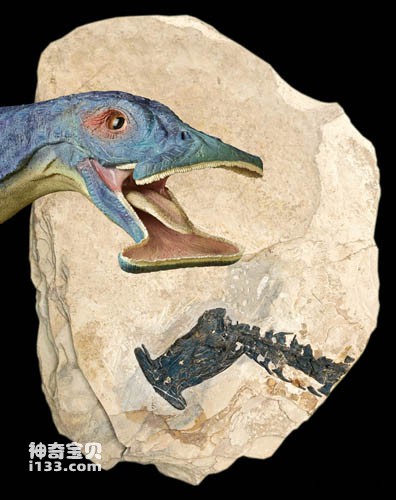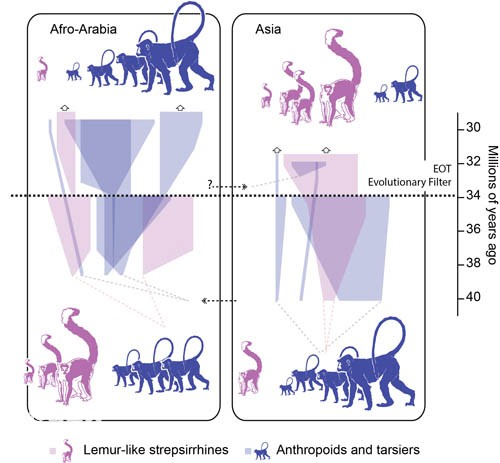"Filtering" is a common method of feeding in the animal kingdom, and it is also a way in which natural selection acts on the evolution of life. The latest issue of "Science" and its subsidiary journal "Science Advance" also reported two scientific research results from the Institute of Vertebrate Paleontology and Paleoanthropology, Chinese Academy of Sciences, both of which are related to "filtration".
"Atopodentatus unicus" is a filter-feeding Triassic marine reptile with special tooth morphology. In previous studies, its unique skull morphology was not correctly understood due to fossil preservation. Recently, the research team of the Institute of Vertebrate Paleontology has reconstructed the skull structure of this animal through two perfectly preserved fossil specimens. Its exaggerated lateral widening phenomenon has only occasionally appeared in a few fish and prehistoric amphibians before. This is First record in reptiles.

Figure 1 Atopodentatus unicus fossils and restorations
In addition, the three different shapes of teeth in the mouth of Helicodontosaurus were used for gnawing and filter-feeding algae respectively. It is the earliest record of a herbivorous marine reptile. It also further illustrates that the diversity of early marine reptiles' adaptation to radiation is beyond imagination. The results were published online in "Science Advance" on May 6.
In another study, it was not the animal's body structure that played a "filtering" role, but major environmental changes.
34 million years ago, during the Eocene-Oligocene transition period in geological history, the global climate environment changed dramatically, from the original greenhouse environment to an "igloo" environment. This was accompanied by the rapid expansion of continental ice sheets and large-scale replacement of fauna.

Figure 2 Illustration of the evolutionary “filtering” of primate lemurs (left) and great apes (right)
Primates are animals that are very sensitive to temperature. During this transition period, the evolution of primates was greatly affected. The very prosperous primates that originally lived in North America, Europe and northern Asia were almost completely extinct after experiencing this drastic change in climate and environment. The tropical regions of southern Asia and northern Africa have become sanctuaries for primates. The primates entering these refuges seem to be "filtered".
Most of the great apes living in Asia were "filtered out", but the lemurs seemed not to be affected. On the contrary, the lemurs living in Africa were "filtered" when they entered the refuge, and only a few species survived. However, the great apes living in Africa became more prosperous after this filtering, which laid the foundation for the origin and evolution of humans. Foundation. This result was published in Science on the same day.
animal tags:
We created this article in conjunction with AI technology, then made sure it was fact-checked and edited by a Animals Top editor.